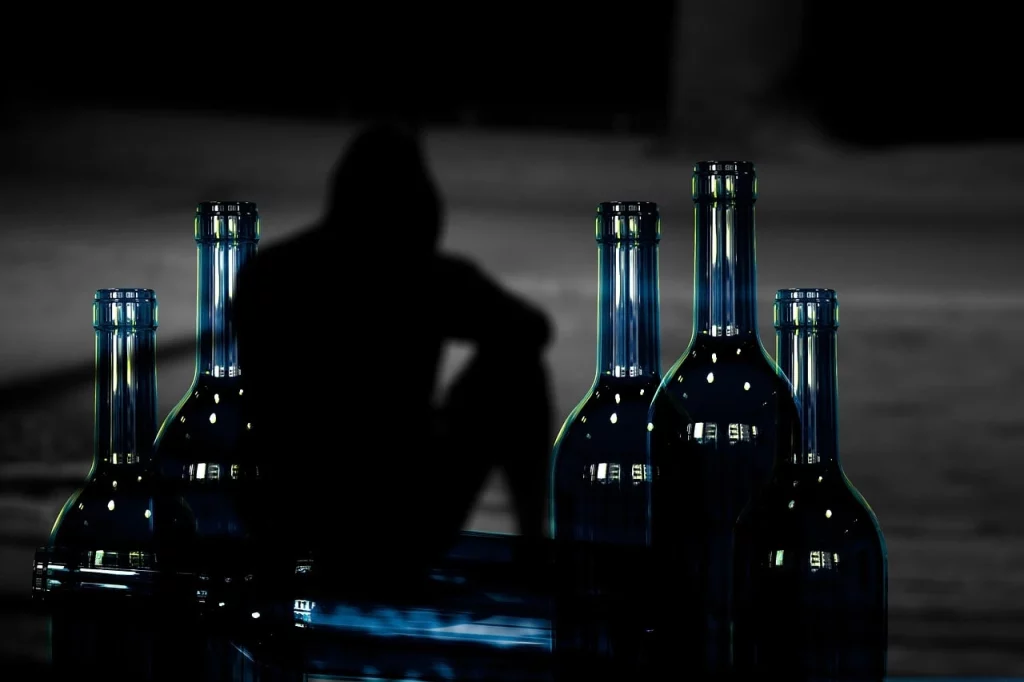
- In medieval Europe, beer was often consumed more than water, as the alcohol made it safer from pathogens.
- Rum was used as a medium of economic exchange in the early American colonies to encourage the slave trade.
- The term “spirits” originated from medieval alchemy, where it was believed that distillation captured the spiritual essence of the fermented material.
- Teetotalism, the practice of complete abstinence from alcoholic beverages, was popularized in the 19th century as part of the temperance movement.
- Absolute Zero is technically the coldest a drink can get, at -273.15°C, where molecular motion stops, including the motion of alcohol molecules.
- The famous Vodka Belt countries have the highest consumption of spirits in the world, with Russia often leading the charts.
- Around 50 million bubbles can be found in a single bottle of champagne.
- The custom of bumping glasses with a “cheers” greeting originated from the practice of sloshing a bit of drink into each other’s cups to ensure no one had poisoned the drink.
- In 18th century England, gin was referred to as “Mother’s Ruin” due to the social problems it caused.
- Methuselah is not just a biblical figure but also the name for a six-liter bottle of Champagne or Burgundy.
- The only alcoholic beverage that continues to improve with age inside the bottle is wine.
- The world’s oldest known recipe for beer is over 4,000 years old, made by the Sumerians.
- A brewery in Japan has been operating continuously since A.D. 705, making it the oldest existing brewery in the world.
- During Prohibition, doctors prescribed “medicinal whiskey” to patients, legally bypassing the ban.
- The pressure inside a bottle of Champagne is about three times that of a car tire.



3 Comments
I am interested in the 50 facts about alcohol, but am unwilling to download a program. Is this info available elsewhere?
Whether or not Franklin said that, the Bible says, “wine maketh glad the heart of man.”
In your quotes pertaining to alcohol, you forgot the best one. Words of wisdom from the greatest prophet since Nostradamus, Homer Simpson!!! “To alcohol, the cause of and solution to, all of life’s problem.” How can you argue with that logic, lol.